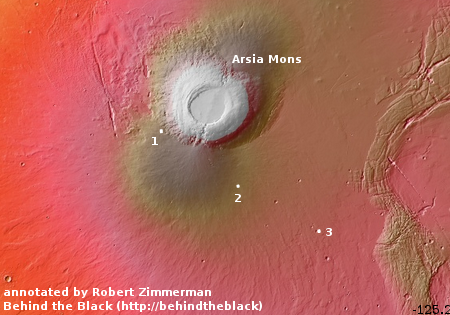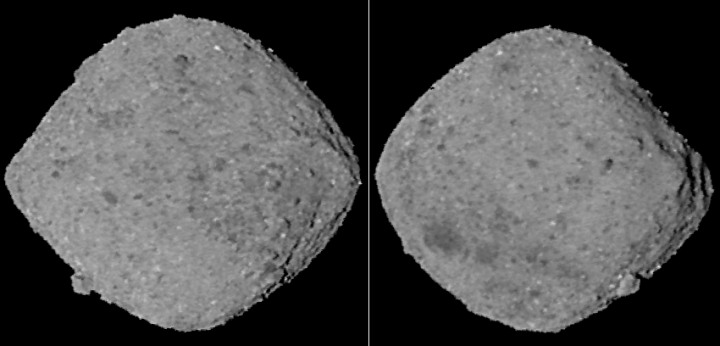Virgin Orbit completes fastest taxi test of LaunchOne
Capitalism in space: Virgin Orbit this past weekend completed the fastest taxi test of its LaunchOne smallsat rocket airplane, with LaunchOne attached.
In a tweet posted today, Virgin Orbit said the Nov. 11 ground test revved up the plane, nicknamed Cosmic Girl, to a speed beyond 110 knots (125 mph) on a runway in Victorville, Calif. That’s fast enough to simulate an aborted takeoff. “We also used the day as an opportunity to load real flight software onto LauncherOne for the first time,” the company said.
My 2016 prediction, that Virgin Orbit’s LauncherOne will reach space before Virgin Galactic’s SpaceShipTwo, looks increasingly likely. They had said they wanted to do their first launch by the end of the 2018 summer. Though this did not happen, their launch license [pdf] is effective through December 2019, and it appears they are moving towards that first launch within a few months.
Capitalism in space: Virgin Orbit this past weekend completed the fastest taxi test of its LaunchOne smallsat rocket airplane, with LaunchOne attached.
In a tweet posted today, Virgin Orbit said the Nov. 11 ground test revved up the plane, nicknamed Cosmic Girl, to a speed beyond 110 knots (125 mph) on a runway in Victorville, Calif. That’s fast enough to simulate an aborted takeoff. “We also used the day as an opportunity to load real flight software onto LauncherOne for the first time,” the company said.
My 2016 prediction, that Virgin Orbit’s LauncherOne will reach space before Virgin Galactic’s SpaceShipTwo, looks increasingly likely. They had said they wanted to do their first launch by the end of the 2018 summer. Though this did not happen, their launch license [pdf] is effective through December 2019, and it appears they are moving towards that first launch within a few months.







